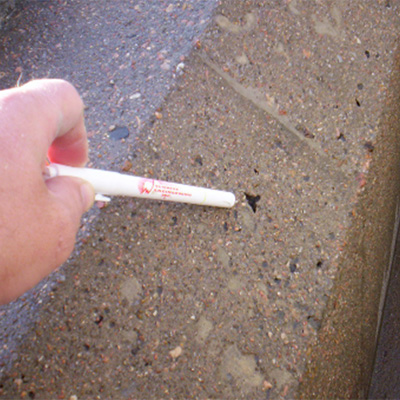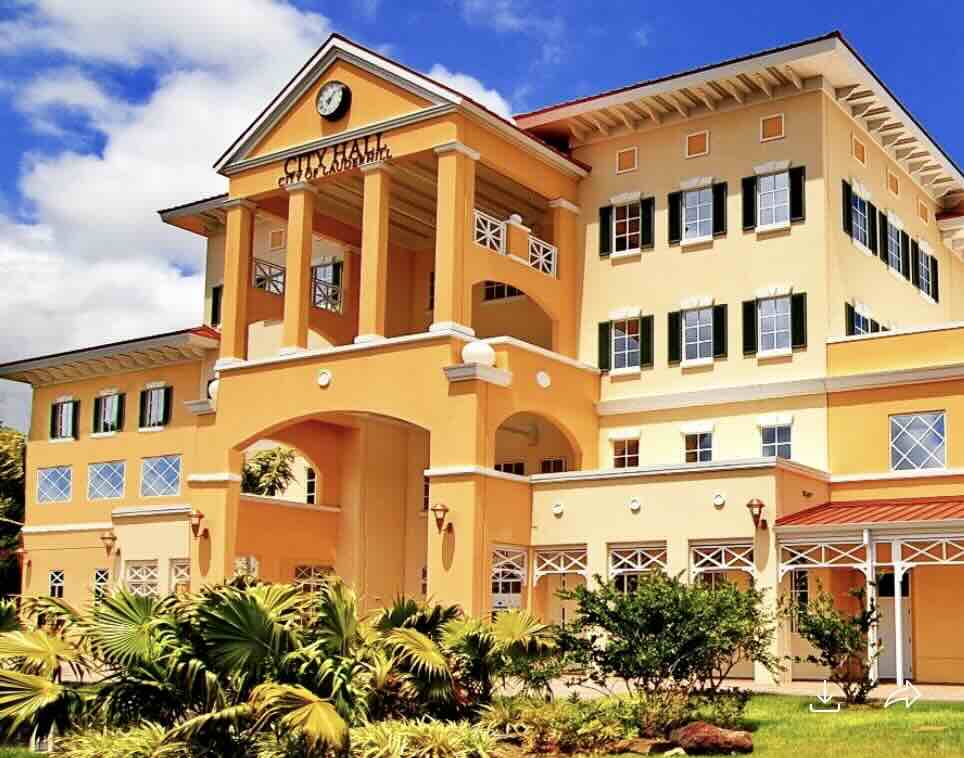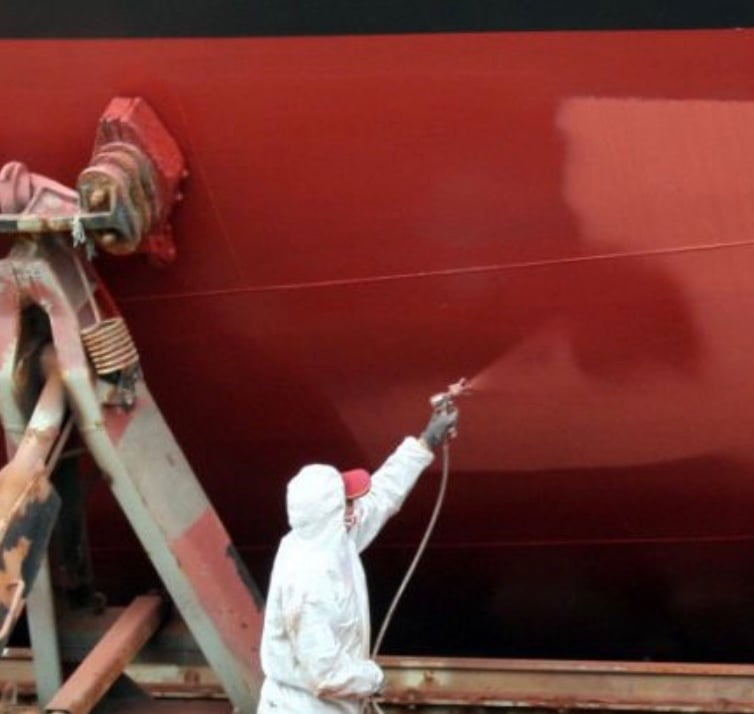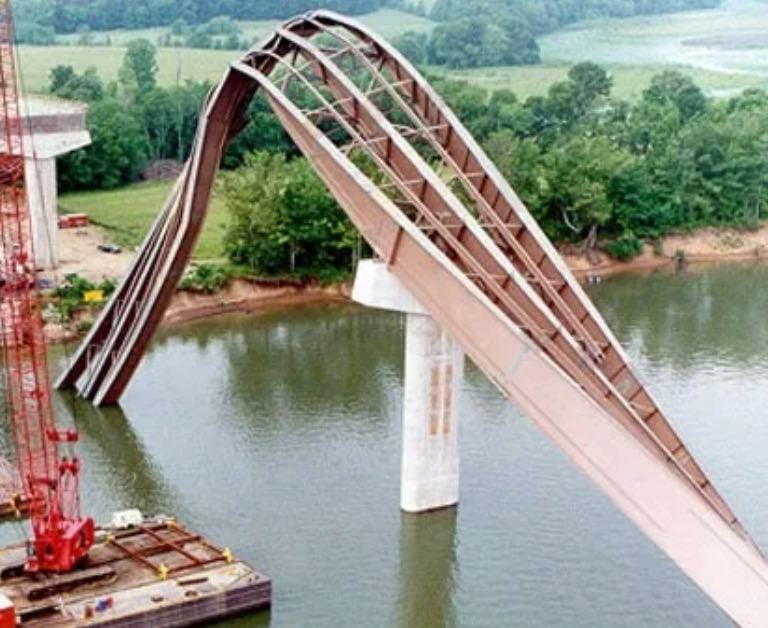
Concrete Repair & Resurfacing in Wastewater Treatment
Wastewater treatment facilities face some of the harshest conditions in industrial infrastructure. Concrete Resurfacing materials help level the substrate
- High Performance Coatings
Concrete Repair & Resurfacing in Wastewater Treatment: Durable Solutions for Challenging Environments
Wastewater treatment facilities face some of the harshest conditions in industrial infrastructure. The combination of constant moisture, chemical exposure, and microbial activity creates an environment that rapidly deteriorates concrete structures. In this article, we'll explore how specialized resurfacing materials and coating systems can extend the service life of concrete infrastructure in these demanding environments.
The Unique Challenges of Wastewater Infrastructure
Wastewater treatment facilities face several challenges that accelerate concrete deterioration:

- Hydrogen sulfide gas that converts to sulfuric acid
- Continuous immersion in water and wastewater
- Exposure to chemicals used in treatment processes
- Abrasion from solids in the wastewater stream
- Freeze-thaw cycles in outdoor structures
- Microbial induced corrosion (MIC)
Without proper protection, concrete structures in wastewater facilities typically require major repairs within 5-10 years of installation.
Advanced Material Solutions
Tnemec Company has developed specialized coating systems designed specifically for wastewater environments. These high-performance materials offer protection that extends well beyond conventional concrete repair methods.
Concrete Repair and Resurfacing
Series N218 MortarClad serves as an excellent foundation for concrete repair projects. This epoxy-modified cementitious mortar delivers:
- Exceptional adhesion to existing concrete
- The ability to fill voids and restore surface profile
- Compatibility with topcoat systems
- Fast curing properties that minimize facility downtime
For more significant restoration projects, Series 217 provides a single-component, ultra rapid setting, hydraulic cementitious resurfacer ideal for:
- Quickly restoring deteriorated concrete surfaces up to 6" in a single lift
- Achieving return-to-service in hours rather than days
- Creating high-strength repairs when extended with aggregate
- Vertical and overhead applications without formwork
- Areas requiring fast turnaround to minimize operational disruptions
Series 215 Resurfacing Epoxy is a 100% solid epoxy repair option and a high-performance resurfacing solution that creates a durable, monolithic surface. Benefits include:
- High-build application to resurface and level concrete
- Application properties for both horizontal and vertical applications
- Excellent chemical resistance
- Low permeability to prevent moisture intrusion
Chemical-Resistant Protection Over Resurfacers
For facilities requiring enhanced chemical protection, Tnemec offers specialized topcoat systems:
Series 436 Perma-Shield FR - A high-performance epoxy that provides:
- Superior chemical resistance against aggressive wastewater chemicals
- Smooth, glossy finish for easy cleaning and decontamination
- Enhanced resistance to hydrogen sulfide attack and sulfuric acid
- Ideal for severe exposure conditions including wet wells and digesters
- Exceptional resistance to continuous immersion service
- Self-priming properties that simplify application
- Low-odor formulation for occupied spaces
Series G435 Perma-Glaze - A versatile epoxy topcoat offering:
- Excellent chemical and abrasion resistance
- Outstanding resistance to dilute acids, alkalis, and detergents
- Smooth finish that resists bacterial growth
- Seamless, monolithic finish that eliminates potential failure points
- Can be applied as a glaze coat over G436 or G434 comprehensive protection
Series G434 Perma-Shield H2S - A unique trowel grade epoxy coating that delivers:
- Strong chemical resistance properties against wastewater constituents, including hydrogen sulfide
- Excellent adhesion to properly prepared concrete
- Abrasion resistance for areas with high traffic or flow
- Ideal for small working areas, where spray applications are not conducive
- Ability to bridge hairline cracks in concrete substrates
- Protection against microbial induced corrosion (MIC)
- Suitable for splash zones and areas subject to mechanical stress
Application Considerations
Success in wastewater concrete repair depends on proper surface preparation and application techniques:
- Thoroughly clean and profile the concrete surface, to ICRI-CSP5 minimum
- Remove all deteriorated concrete to sound substrate
- Address any active leaks before applying repair materials
- Ensure proper moisture content before coating application
- Follow manufacturer recommendations for cure times between coats
Case Study: Extended Service Life
A municipal wastewater treatment plant in the Midwest faced severe concrete deterioration in their headworks structure after just seven years of service. Using a system of Series 218 MortarClad for surface preparation followed by Series G436, the facility was able to restore structural integrity and protect against further chemical attack. Ten years after restoration, the structure remains in excellent condition, demonstrating the effectiveness of these specialized systems.
Conclusion
The aggressive environment of wastewater treatment facilities demands specialized solutions for concrete repair and protection. By utilizing advanced material systems like those offered by Tnemec, facility managers can significantly extend the service life of their infrastructure while reducing long-term maintenance costs and facility downtime.

Revitalize Old Stucco with Tnemec Series 156
Discover how Tnemec Series 156 can transform your...

Tnemec's HullClad: The Marine Industry's Trusted...
Tnemec's HullClad: The Marine Industry's Trusted...

Should I Repair or Replace Steel Members?
When assessing the extent of section loss in...